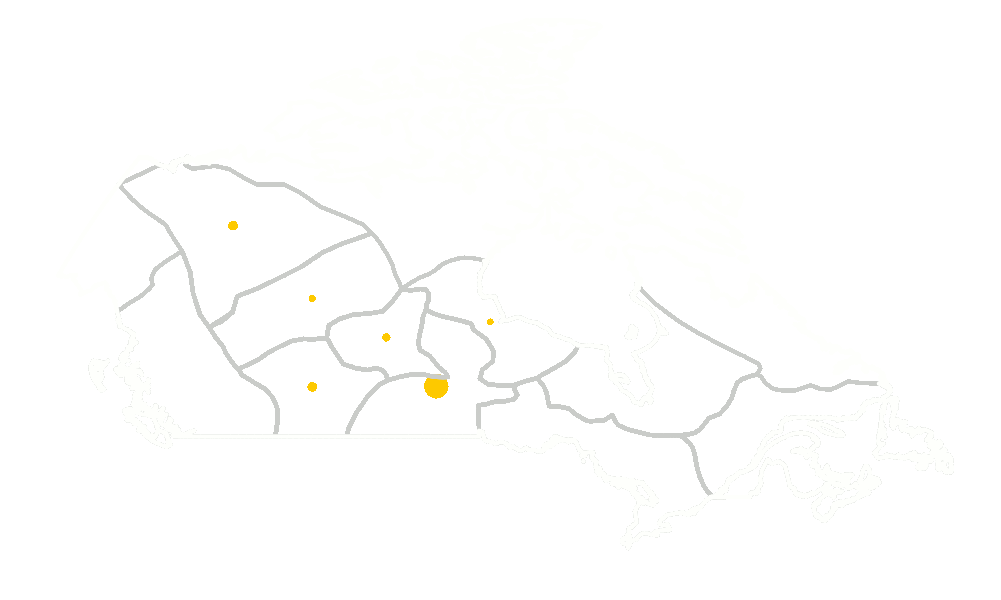The geometry of a population cycle: a mechanistic model of snowshoe hare demography

The phenomenology and causes of snowshoe hare cycles are addressed via construction of a three-trophic-level population dynamics model in which hare populations are limited by the availability of winter browse from below and by predation from above. In the absence of predators, the model predicts annual oscillations, the magnitude of which depends on habitat quality. With predators in the system, a wide range of additional dynamics are possible: multi-annual cycles of various periods, quasiperiodicity, and chaos. Parameterizing the model from the literature leads to the conclusion that the model is compatible with the principal features of the cycle in nature: its regularity, mean period, and the observed range of peak-to-trough amplitudes. The model also points to circumstances that can result in the cycle’s abolition as observed, for example, at the southern edge of the hare’s range. The model predicts that the increase phase of the cycle is brought to a halt by food limitation, while the decline from peak numbers is a consequence of predation. This is consistent with factorial field experiments in which hare populations were given supplemental food and partial surcease from predators. The results of the experiments themselves are also reproducible by the model. Analysis of the model was carried out using a recently developed method in which the original dynamical system is reformulated as a perturbation of a Hamiltonian limit wherein exist infinite numbers of periodic, quasiperiodic, and chaotic motions. The periodic orbits are continued numerically into non-Hamiltonian regions of parameter space corresponding to the situation in nature. This procedure allows one to obtain an overall understanding of the geometry of parametric dependencies. The present study represents the first formulation of a full three-trophic-level snowshoe hare model and the first time any model of the cycle has been parameterized entirely using independently measured quantities.
